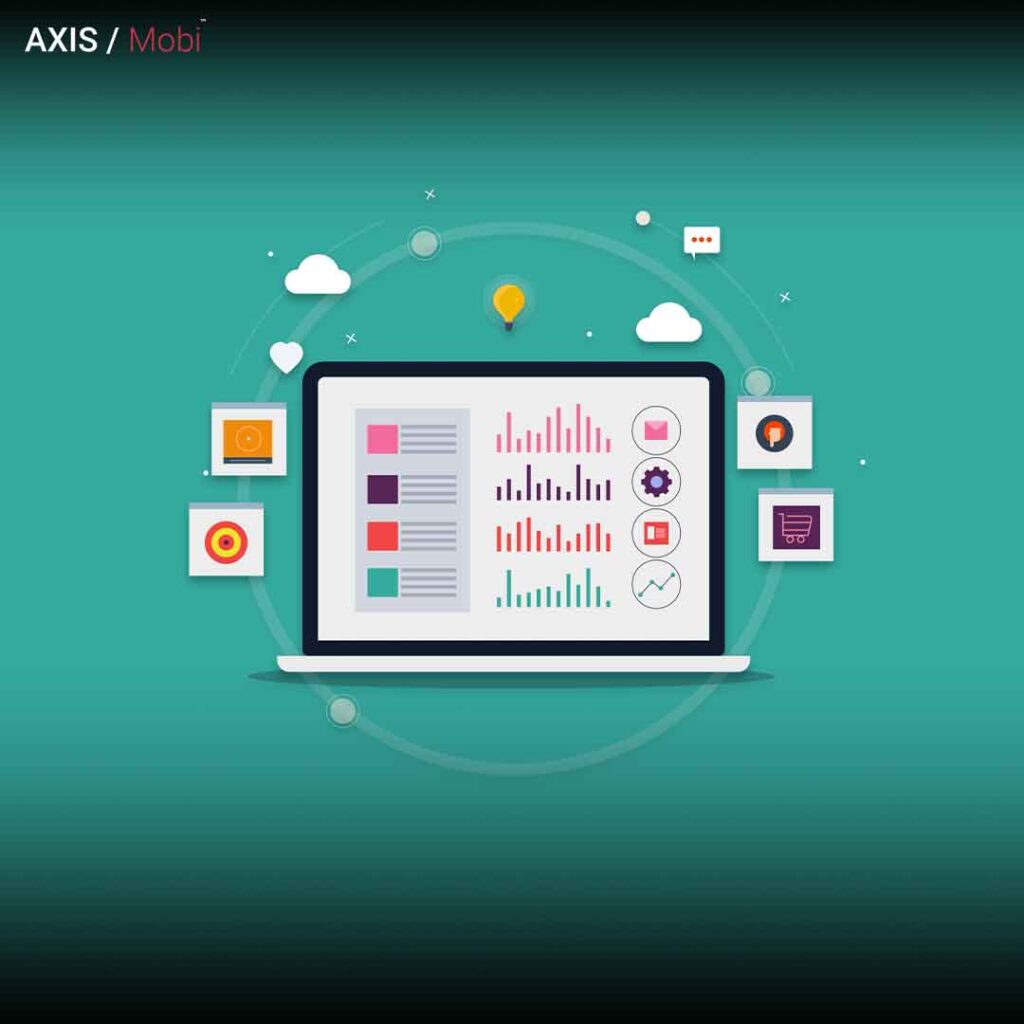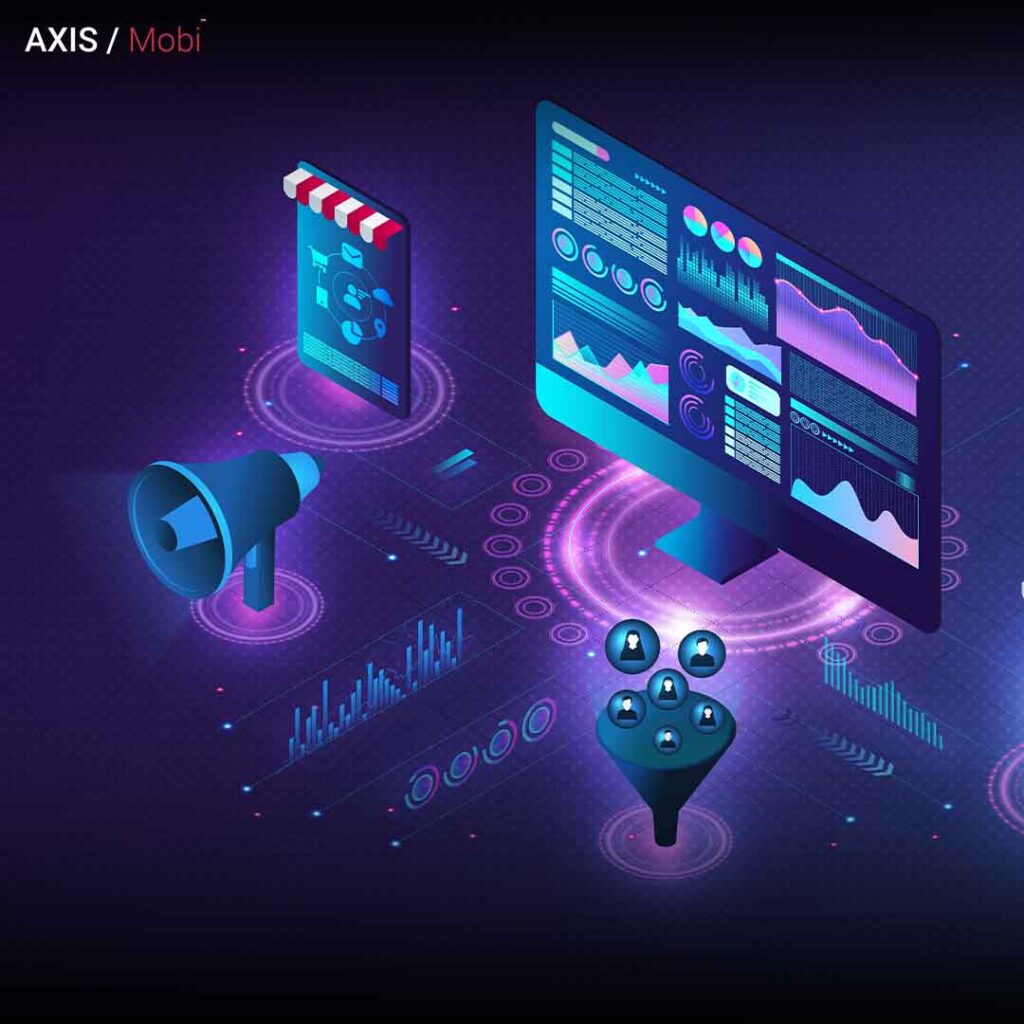Introduction
In the fast-paced world of digital advertising, staying ahead of the curve is crucial for advertisers seeking to reach their target audiences effectively and maximize their return on investment (ROI). Demand Side Platforms (DSPs) have played a pivotal role in the evolution of programmatic advertising, enabling advertisers to automate and optimize their ad campaigns. However, as technology continues to advance, so do DSPs. In this comprehensive guide, we will explore the future of DSPs, discussing the innovations and trends that are reshaping the landscape of programmatic advertising.
The Evolution of Programmatic Advertising and DSPs

Before we delve into the future of DSPs, it’s essential to understand how programmatic advertising and DSPs have evolved over the years:
1. The Rise of Programmatic Advertising:
Programmatic advertising has revolutionized the way digital ads are bought and sold. It involves the use of automated processes and algorithms to purchase ad inventory in real-time, making it more efficient and data-driven than traditional ad buying methods.
2. The Emergence of DSPs:
Demand Side Platforms (DSPs) emerged as the go-to tools for advertisers engaging in programmatic advertising. DSPs provide advertisers with the ability to access and purchase ad inventory across multiple publishers, ad exchanges, and websites, all from a single platform.
3. Data-Driven Advertising:
Data has become the lifeblood of programmatic advertising. Advertisers leverage data to target specific audiences, make real-time bidding decisions, and optimize ad campaigns for maximum impact.
4. Automation and Efficiency:
Programmatic advertising, powered by Demand Side Platforms, has automated the ad buying process, reducing manual tasks and enabling advertisers to reach the right users at the right time with minimal wastage.
Innovations Shaping the Future of DSPs

Now, let’s explore the innovations that are shaping the future of DSPs and programmatic advertising:
1. Artificial Intelligence (AI) and Machine Learning:
AI and machine learning are becoming integral to Demand Side Platforms. These technologies enable DSPs to analyze vast amounts of data in real-time and make intelligent decisions regarding ad placements, bidding strategies, and audience targeting. AI-driven optimization ensures that ad campaigns are continuously fine-tuned for maximum efficiency.
2. Predictive Analytics:
Predictive analytics is gaining prominence in programmatic advertising. DSPs are using predictive models to forecast user behavior and adjust ad placements accordingly. By predicting which users are most likely to convert, Demand Side Platforms can optimize bidding strategies and budget allocation.
3. Cross-Channel Advertising:
The future of DSPs lies in their ability to facilitate cross-channel advertising. Advertisers seek to reach users across various platforms, including social media, video streaming services, and websites. DSPs are evolving to offer cross-channel capabilities, allowing advertisers to maintain consistent messaging and user experiences across different digital touchpoints.
4. Enhanced Attribution Models:
Attribution models are critical for understanding the customer journey and the impact of each touchpoint on conversions. DSPs are developing advanced attribution models that provide a holistic view of how ads influence user behavior. This helps advertisers allocate budget more effectively across multiple channels.
5. Dynamic Creative Optimization:
Dynamic Creative Optimization (DCO) is becoming a standard feature in Demand Side Platforms. DCO allows advertisers to create personalized ad experiences for users by dynamically changing ad content based on user behavior, demographics, and preferences. This results in higher engagement and conversion rates.
6. Privacy-Centric Advertising:
With growing concerns about user privacy, DSPs are adopting privacy-centric approaches. They are implementing solutions that ensure compliance with regulations like GDPR and CCPA while still delivering targeted ads. This includes techniques like differential privacy and consent-based targeting.
7. First-Party Data Utilization:
Advertisers are placing a greater emphasis on utilizing first-party data. DSPs are evolving to allow advertisers to leverage their own data effectively. This includes data integration capabilities and audience segmentation tools for more personalized targeting.
8. Voice and Connected TV Advertising:
As voice-activated devices and connected TV platforms gain popularity, Demand Side Platforms are expanding their reach to these emerging channels. Advertisers can now extend their programmatic advertising efforts to voice-activated speakers and smart TVs, tapping into new audiences.
Trends Shaping the Future of Programmatic Advertising

In addition to innovations in DSP technology, several key trends are shaping the future of programmatic advertising:
1. In-House Programmatic:
More advertisers are considering bringing programmatic advertising in-house to have greater control over their campaigns. This trend is leading to increased demand for customizable DSP solutions that cater to in-house advertising teams.
2. Supply Path Optimization (SPO):
Supply Path Optimization is gaining traction as advertisers seek to streamline the supply chain and reduce ad tech fees. Demand Side Platforms are incorporating SPO features to help advertisers make informed decisions about the most efficient supply paths.
3. Contextual Targeting:
Contextual targeting is making a comeback, especially in light of privacy concerns. Advertisers are exploring ways to target users based on the context of the content they’re consuming, without relying on personal data.
4. Omnichannel Marketing:
Omnichannel marketing, which encompasses both online and offline touchpoints, is becoming a focal point for advertisers. DSPs are adapting to provide solutions that bridge the gap between online and offline advertising.
5. Sustainability and Ethical Advertising:
Sustainability and ethical advertising are becoming increasingly important. Advertisers are looking for DSPs that support environmentally conscious ad placements and adhere to ethical advertising practices.
The Impact of Future Innovations and Trends

The future of Demand Side Platforms and programmatic advertising holds promise for advertisers seeking to connect with their target audiences more effectively and efficiently. These innovations and trends will shape the industry in the following ways:
1. Improved ROI:
AI-driven optimization, predictive analytics, and enhanced attribution models will lead to improved ROI as ad campaigns become more precise and data-driven.
2. Enhanced Personalization:
Dynamic Creative Optimization and first-party data utilization will result in more personalized ad experiences, increasing user engagement and conversions.
3. Privacy Compliance:
Privacy-centric approaches and consent-based targeting will ensure that advertisers remain compliant with evolving privacy regulations while still delivering relevant ads.
4. Expansion into New Channels:
The ability to advertise on emerging channels like voice-activated devices and connected TVs will open up new avenues for reaching audiences.
5. Greater Control and Transparency:
In-house programmatic advertising and supply path optimization will provide advertisers with greater control over their campaigns and increased transparency into the supply chain.
Conclusion
The future of Demand Side Platforms (DSPs) and programmatic advertising is marked by innovation and adaptability. As technologies like AI and machine learning continue to advance, DSPs will become more intelligent and capable of delivering highly targeted and personalized ad experiences.
Advertisers should stay attuned to emerging trends and select DSP partners that align with their evolving advertising goals. By embracing these innovations and trends, advertisers can stay competitive in the ever-evolving landscape of programmatic advertising and achieve greater success in reaching and engaging their target audiences.




